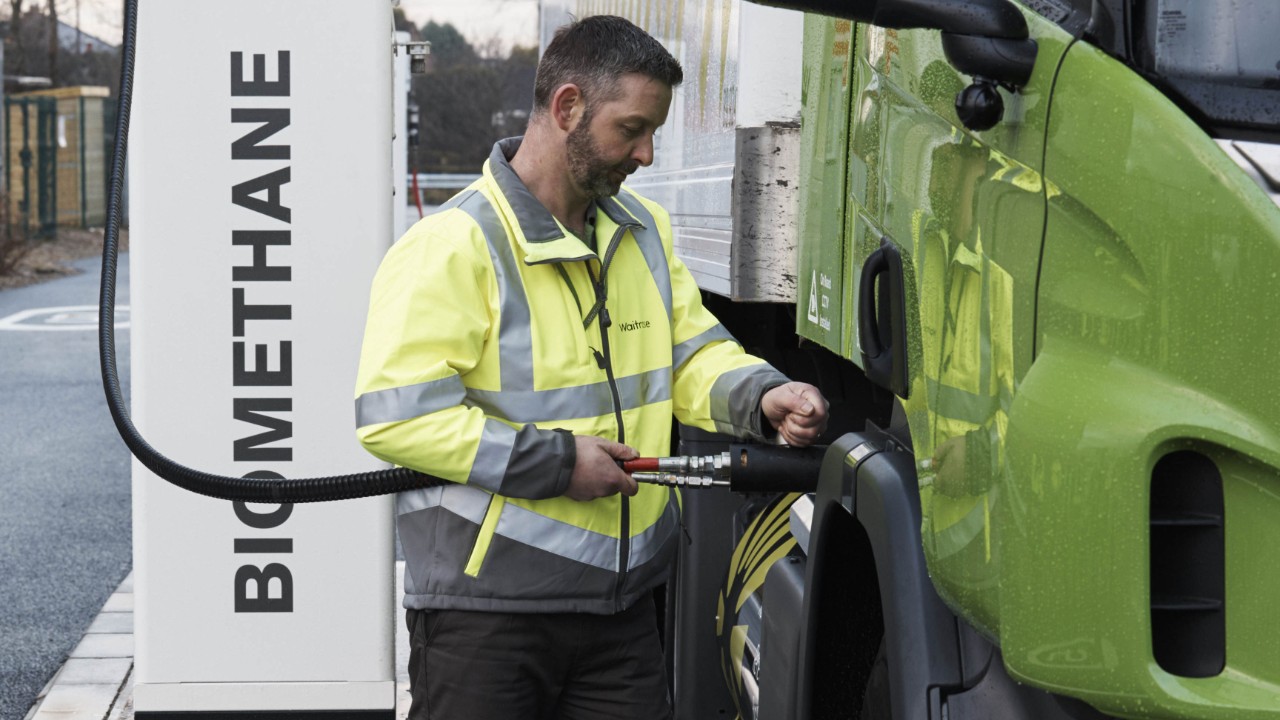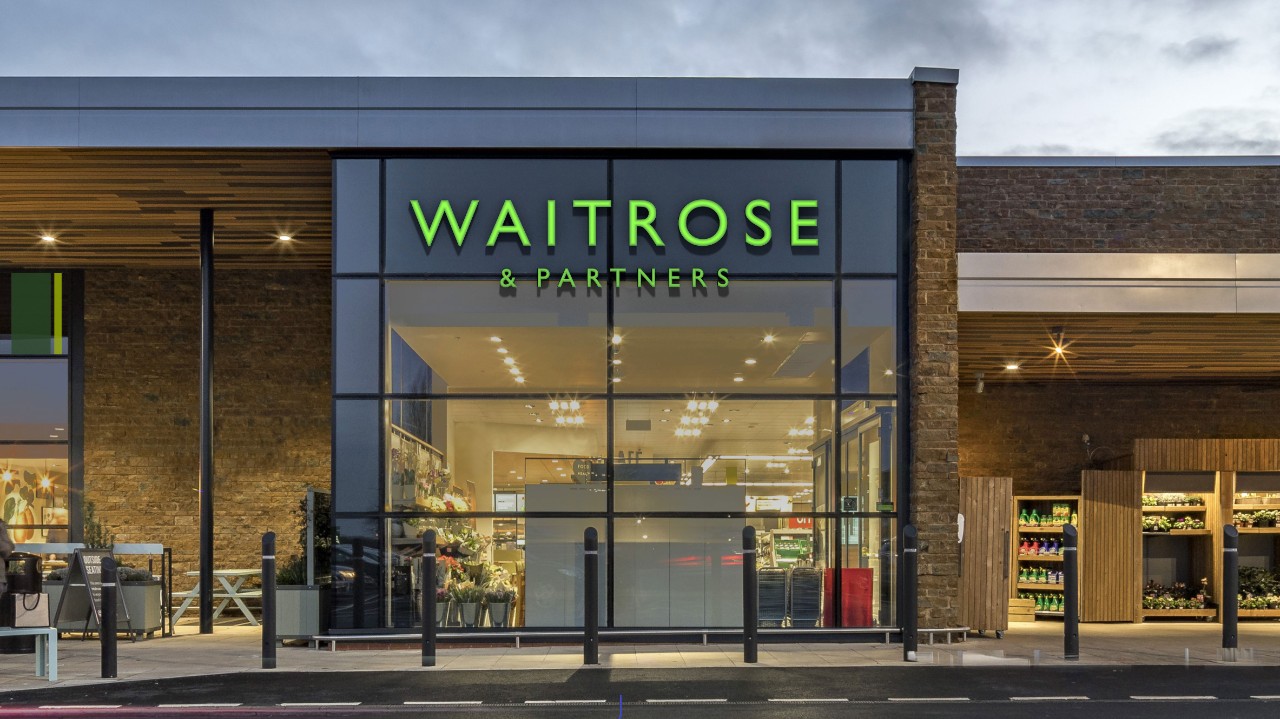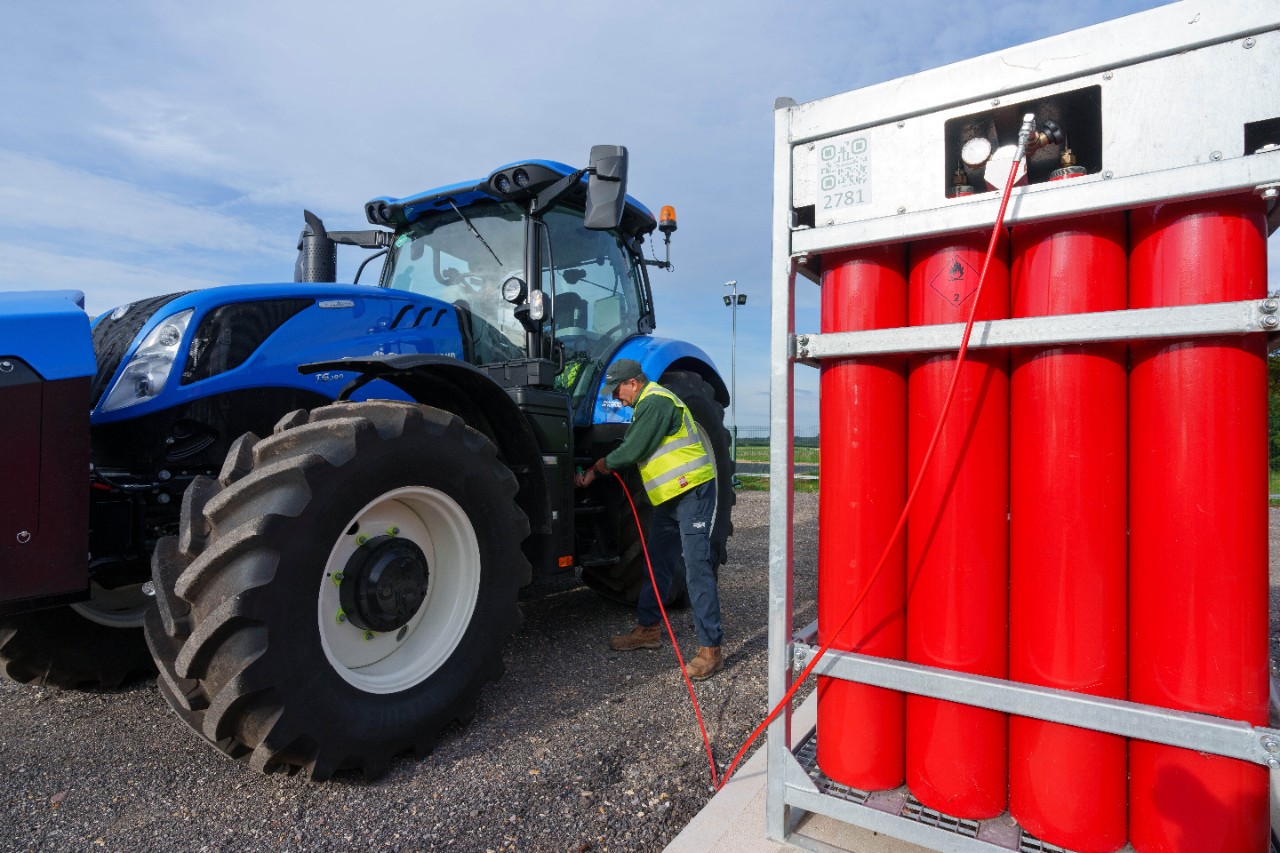Climate Action
Climate change continues to be one of the biggest threats to our planet. Urgent action is needed to keep global warming below 1.5C to avoid the most dangerous impacts of climate breakdown.
Fossil fuels used in our transport fleet, gas heating in our properties, refrigerants in our stores, agriculture and manufacturing in our global supply chains, all create greenhouse gases warming the earth's surface and changing our climate. As a responsible retailer we must reduce our consumption, find renewable alternatives, and look critically at our impact across our entire value chain and take action.
Our Strategy
We have set Partnership-wide science based targets for reducing our climate impact, which have been validated by the Science Based Targets Initiative. Our overarching target is to reach net zero greenhouse gas emissions across our value chain by 2050. We have committed to reach net zero in our own operations (known as scope 1 & 2) by 2035.
We have also set interim 2030 targets to drive near-term action, as well as a 2025 zero deforestation target. We are proud to be among the first companies to set specific targets focused on greenhouse gas emissions from forests, land and agriculture (FLAG). Our FLAG targets encourage us to examine where we can reduce emissions from land use, while also building the capacity of the land and nature in our supply chain to remove carbon from the atmosphere.
Our full list of science based targets is as follows:
Near-term targets:
Energy/industrial
- John Lewis Partnership commits to reduce absolute scope 1 and 2 GHG emissions 60% by FY2030/31 from a FY2020/21 base year*.
- John Lewis Partnership commits to reduce absolute scope 3 GHG emissions from purchased goods and services and use of sold products 42% by FY2030/31 from a FY2020/21 base year.
*The target boundary includes land-related emissions and removals from bioenergy feedstocks.
FLAG
- John Lewis Partnership commits to reduce absolute scope 1 and 3 FLAG GHG emissions 30.3% by FY2030/31 from a FY2020/21 base year*.
- John Lewis Partnership commits to no deforestation across its primary deforestation-linked commodities with a target date of FY2025/26.
*The target includes FLAG emissions and removals.
Long-term targets:
Energy/industrial
- John Lewis Partnership commits to reduce absolute scope 1 and 2 GHG emissions 90% by FY2035/36 from a FY2020/21 base year*.
- John Lewis Partnership commits to reduce absolute scope 3 GHG emissions 90% by FY2050/51 from a FY2020/21 base year.
*The target boundary includes land-related emissions and removals from bioenergy feedstocks.
FLAG
- John Lewis Partnership commits to reduce absolute scope 1 FLAG GHG emissions 72% by FY2035/36 from a FY2020/21 base year*.
- John Lewis Partnership commits to reduce absolute scope 3 FLAG GHG emissions 72% by FY2050/51 from a FY2020/21 base year*.
*The target includes FLAG emissions and removals.
The Partnership fully supports the Task Force on Climate-related Financial Disclosures (TCFD) and in 2021, we became an official supporter. The Partnership reports annually on its climate risks and opportunities in line with TCFD guidance. Find out the latest on our TCFD programme on page 13 of our 2023/24 Annual Report and Accounts.
Our scope 1 & 2 emissions reduction targets will be met primarily through decarbonising our transport fleet and the energy used by our buildings.
Transport

We’re decarbonising our operations through significant investment in new, greener technologies. Transport contributes over 40% of our scope 1 & 2 carbon emissions and that’s why we are transitioning our 580 heavy duty trucks to biomethane derived from waste materials by 2028. We will end the use of fossil fuels across our transport fleet by 2030 and have already reduced the carbon emissions of our fleet through the use of biomethane trucks, innovative electrically driven trailer refrigeration and electric vans.
Electrification Of Vehicles
By 2030 we expect to have around 2,700 electric vans in service. The St Katharine Docks Waitrose branch in central London is the first supermarket in the UK to use cutting edge wireless van charging technology.
In July 2021, we announced we would work with Shell to install up to 800 electric vehicle charging points in as many as 100 Waitrose car parks by 2025, supporting the UK’s transition to electric vehicles and offering convenience to our customers.
Buildings

Our Partnership continues to deliver initiatives that improve energy efficiency and reduce greenhouse gas emissions across our physical estate. Going forward, we will target a 10% biodiversity net gain for all new-build construction projects as a minimum.
We have continued to deploy the pioneering AirDoor™ technology which lessens hot and cold air infiltration into a building, thereby reducing the energy consumption required to regulate temperatures.
To support our approach to decarbonisation and energy efficiency, in 2022 in conjunction with the Energy Institute, we have created energy awareness training which is available to all Partners.
To find out more regarding our energy efficiency progress read our latest Ethics & Sustainability Report including our targets and performance data.
Case Study
Fuelled by the farm
This year, Waitrose became the first UK retailer to power tractors with green gas at its Leckford Estate farm, the only major retailer-owned farm in the UK. The initiative is part of the Partnership’s wider Our Plan for Nature and net zero ambitions. In 2021, we announced that we would use our Leckford Estate farm to experiment with a variety of environment-friendly agricultural techniques that could facilitate radical change for nature. Our team at Leckford has made significant progress on this commitment by creating a pioneering facility that generates sustainable fuel for the estate’s tractors.
Manure produced by the 500 cattle kept at the farm is harvested and processed on site, producing biomethane that not only fuels machinery but also significantly reduces the estate’s carbon footprint.
The covered lagoon – which is the size of two and a half Olympic swimming pools – is the largest of its type in the UK. It holds energy-rich fluid which separates from farmyard manure and emits gases, including methane.
As these gases are emitted, they are collected, and biomethane is isolated and used to power tractors as compressed natural gas. The solid material that’s left behind is high in nutrients and is used as crop fertiliser. This reduces our need to purchase fertilisers, which themselves have a high carbon footprint.
The process is circular, moving from grazing cows in the field producing manure, to capturing the methane gas from this, and spreading the remainder back on the field. The monitoring system for the facility, which was designed and built by Cornwall-based clean energy experts Bennamann in conjunction with New Holland tractors, is also powered by solar panels on farm buildings.
It is a significant step towards reaching net zero across our operations by 2035 and in demonstrating our commitment to nature. From 2024, we will be sharing learnings with our suppliers so this benefit can be felt at a much wider scale than in our own operations.

“This partnership and investment into cutting-edge farming practices like our bespoke biomethane facility have enabled the development of our next-generation retrofit methane capture ecosystem.
JLP’s support has been instrumental in the development of our new retrofit slurry cover and methane capture technology.”
Michael Simpson
Chief Executive Officer, Bennamann



